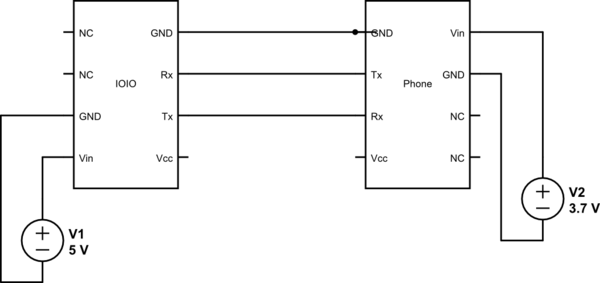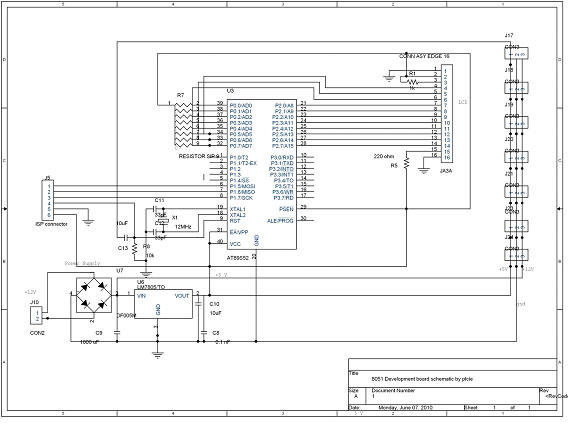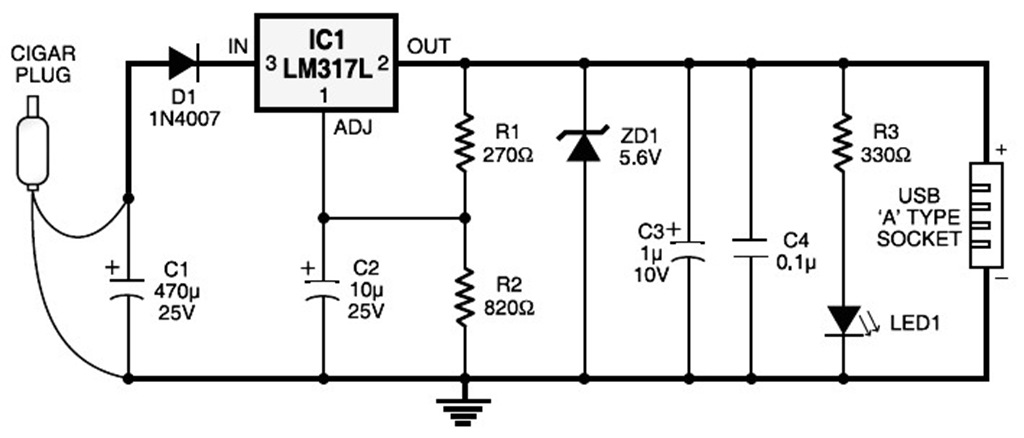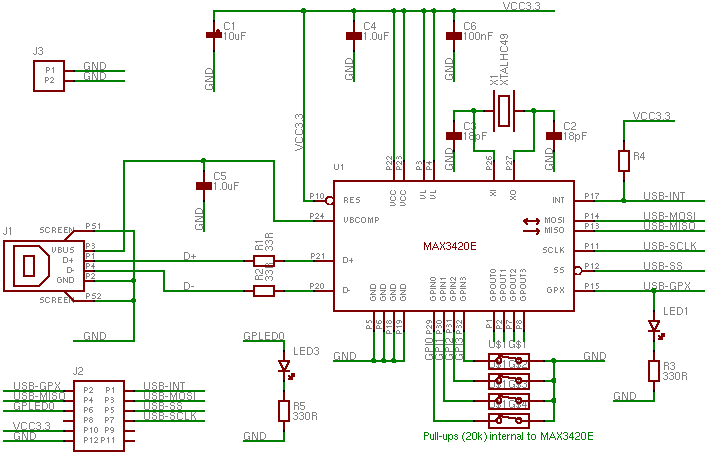
Microcontroller USB HID 4-bytes in 4-bytes out

A USB solution is required for a project utilizing the LPC2148 microcontroller (MCU). In the past, interfaces such as LPT or COM were commonly used to connect projects to a PC, but these have become obsolete. The project allows for monitoring switch statuses and ADC values on the PC. The first byte sent from the PC controls the on/off status of the LEDs. The input and output buffer sizes are 4 bytes each, with the option to increase the buffer size as needed. The project is designed to be resilient, as the PC program can recover the connection after a temporary USB cable disconnection. The Visual Basic program identifies the device using its Vendor ID (C251) and Product ID (1301). This circuit operates on a poll-based communication system, meaning the MCU responds only when it receives a request from the PC. When the USB connection is lost, there will be no updates displayed on the LCD. Eight switches are connected with 10k pull-up resistors, and eight LEDs are paired with 120-ohm series resistors to prevent excessive current from damaging the GPIO. Power is supplied via USB at +5V, which is regulated down to 3.3V using an LM1117-3.3 voltage regulator. The USB connection is advantageous as it provides both data transmission and power supply. It is important to note that the +5V supply is limited to 500-1000mA, depending on the type of PC or notebook. Some older notebooks may restrict the current to as low as 100mA. If the project requires a higher current, it is advisable to use an external power supply, similar to the configuration used with USB external hard drives, where insufficient power from the PC necessitates connecting to two USB ports or using an external 5V power source.
The USB solution for the LPC2148 MCU project is structured to facilitate both data communication and power supply through a single USB connection. This dual functionality is particularly beneficial in modern applications, reducing the complexity of wiring and enhancing portability. The LPC2148 microcontroller, known for its efficiency and performance, is capable of handling multiple I/O operations, making it suitable for interfacing with various peripherals.
In this design, the USB communication is implemented using a polling mechanism, which allows the MCU to remain in a low-power state until a request is received from the host PC. This method conserves energy and extends the operational life of battery-powered applications. The use of a Visual Basic program on the PC side simplifies user interaction, enabling easy control and monitoring of the connected peripherals.
The circuit employs 10k pull-up resistors for the switches, ensuring reliable high signal levels when the switches are open. The inclusion of 120-ohm resistors in series with the LEDs protects the GPIO pins from excess current, which is critical for maintaining the integrity of the MCU over time. The choice of the LM1117-3.3 voltage regulator is appropriate for stepping down the USB 5V supply to the required 3.3V for the MCU, ensuring stable operation.
It is essential to consider the current limitations of USB ports, especially in portable devices. The design should accommodate the possibility of higher current draws, particularly if additional peripherals are connected or if the application requires significant power. Implementing an external power supply option can mitigate these limitations, ensuring consistent operation across different devices. In summary, this USB solution for the LPC2148 MCU is a robust and flexible approach to modern electronic project design, catering to both power and data communication needs.Need USB solution for your project Use LPC2148 MCU. In old days it`s very handy using LPT or COM to interface your project to PC but today they are vanished just like dinosaur. All switch status can be monitored on the PC, as well as the ADC value. The LEDs are turn on/off by the first byte sent from PC. In my project input and output buffer size are 4 bytes each, you can increase the buffer depends on your need. To me, this project is about perfect because the program on PC can recover the connectionwhen temporary USB cable disconnection occurs. The VB program recognize the device from its Vendor ID (C251) and Product ID (1301). Thiscircuit work onpoll-based communication, meaning theMCU will reply when receive request fromPC. So when USB disconnected, there is no update on LCD. There are 8 switches pulled-up by 10k resistors and8 LEDs with 120ohmseries current reducer so that the GPIO will not burn out by the overload sink current.
Power comes from USB +5V, regulated down to 3. 3V by LM1117-3. 3. It`s very handy, isn`t it USB connection provides both data link and power supply. Just put in your consideration that the +5V is limited to 500-1000mA, depends on the PC/notebook/netbook type. Some older notebook even limit the current up to 100mA only. If your project require big current, it`s wise to prepare an external power supply. Just like the USB external harddisk configuration, when the PC power is insufficient the harddisk should be connected to 2 USB ports or using external 5V power.
🔗 External reference
The USB solution for the LPC2148 MCU project is structured to facilitate both data communication and power supply through a single USB connection. This dual functionality is particularly beneficial in modern applications, reducing the complexity of wiring and enhancing portability. The LPC2148 microcontroller, known for its efficiency and performance, is capable of handling multiple I/O operations, making it suitable for interfacing with various peripherals.
In this design, the USB communication is implemented using a polling mechanism, which allows the MCU to remain in a low-power state until a request is received from the host PC. This method conserves energy and extends the operational life of battery-powered applications. The use of a Visual Basic program on the PC side simplifies user interaction, enabling easy control and monitoring of the connected peripherals.
The circuit employs 10k pull-up resistors for the switches, ensuring reliable high signal levels when the switches are open. The inclusion of 120-ohm resistors in series with the LEDs protects the GPIO pins from excess current, which is critical for maintaining the integrity of the MCU over time. The choice of the LM1117-3.3 voltage regulator is appropriate for stepping down the USB 5V supply to the required 3.3V for the MCU, ensuring stable operation.
It is essential to consider the current limitations of USB ports, especially in portable devices. The design should accommodate the possibility of higher current draws, particularly if additional peripherals are connected or if the application requires significant power. Implementing an external power supply option can mitigate these limitations, ensuring consistent operation across different devices. In summary, this USB solution for the LPC2148 MCU is a robust and flexible approach to modern electronic project design, catering to both power and data communication needs.Need USB solution for your project Use LPC2148 MCU. In old days it`s very handy using LPT or COM to interface your project to PC but today they are vanished just like dinosaur. All switch status can be monitored on the PC, as well as the ADC value. The LEDs are turn on/off by the first byte sent from PC. In my project input and output buffer size are 4 bytes each, you can increase the buffer depends on your need. To me, this project is about perfect because the program on PC can recover the connectionwhen temporary USB cable disconnection occurs. The VB program recognize the device from its Vendor ID (C251) and Product ID (1301). Thiscircuit work onpoll-based communication, meaning theMCU will reply when receive request fromPC. So when USB disconnected, there is no update on LCD. There are 8 switches pulled-up by 10k resistors and8 LEDs with 120ohmseries current reducer so that the GPIO will not burn out by the overload sink current.
Power comes from USB +5V, regulated down to 3. 3V by LM1117-3. 3. It`s very handy, isn`t it USB connection provides both data link and power supply. Just put in your consideration that the +5V is limited to 500-1000mA, depends on the PC/notebook/netbook type. Some older notebook even limit the current up to 100mA only. If your project require big current, it`s wise to prepare an external power supply. Just like the USB external harddisk configuration, when the PC power is insufficient the harddisk should be connected to 2 USB ports or using external 5V power.
🔗 External reference





